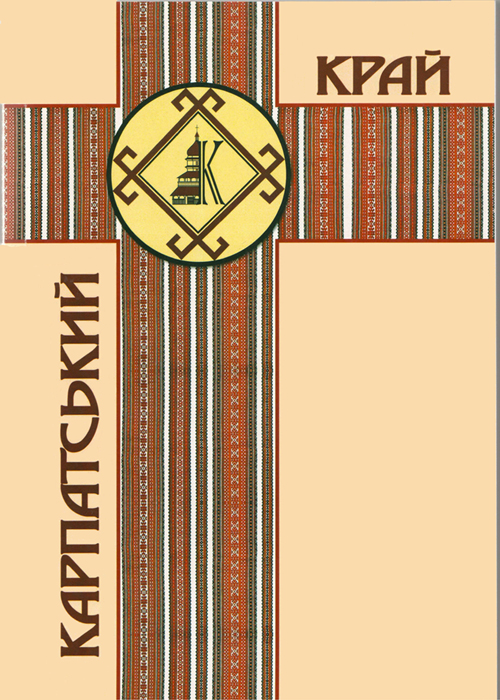TRANSMIGRATION MOVEMENT FROM UKRAINIAN LANDS AND ITS CAUSES (LATE XIXth – EARLY XXth CENTURIES).
Keywords:
migration, transmigration movement, Ukrainian lands, Russian Empire, peasantry.Abstract
The article
analyzes the causes, course and consequences
of migrations of the peasantry from
Ukrainian provinces to the Asian part of the
Russian Empire after the peasant reform of
1861 and the beginning of the 20th century.
The main attention is paid to highlighting
the role of the State Duma in the formation
and implementation of state resettlement
policy, as well as the activities of zemstvos
in this context. It was established that in the
parliament, along with unconditional support
for the actions of the government, there
were also many critics in his address. Deputies
in the speeches often emphasized the
need for «decisive action» to streamline the
transmigration movement. The Ukrainian
provincial and district zemstvos carried out
systematic work with resettles.
It is established that during the period
1896–1914 from Ukraine to Asiatic Russia
moved 1 619 520 people. The largest fl ow
of migrants (more than 200 thousand) was
from Poltava, Chernihiv and Katerynoslav
provinces. The small scale of migration from
Podillya and Volyn provinces was caused by
a number of reasons, in particular the presence
of a large number of German colonists,
and the departure of the population in the
overseas countries.
The consequences of the transmigration
movement to Siberia and Turkestan were
controversial and ambiguous. The social
structure of the village has changed, where
the number of middle and wealthy groups
has increased. At the same time in the steppe
region there was a shortage of workers during
the harvest. At the same time, the return
of a signifi cant proportion of migrants has
aggravated dissatisfaction in the peasant
environment.
Downloads
Published
Issue
Section
License
When using the materials, a link to the magazine "Karpatskyi kray" is required


